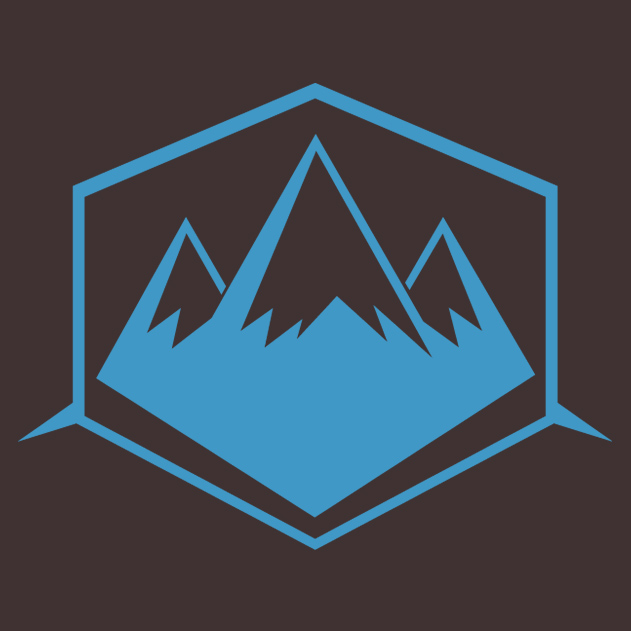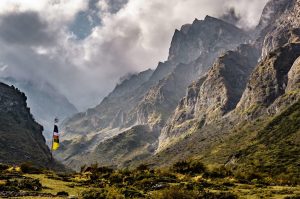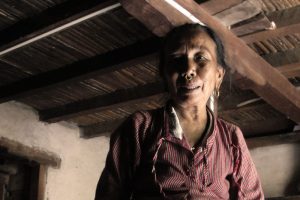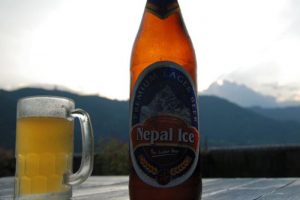No less than 123 languages spoken in Nepal of Tibeto-Burman or Indo-Aryan origin. Languages in Nepal can quickly become complicated by their historical and cultural richness.
17 August 2018 | Culture
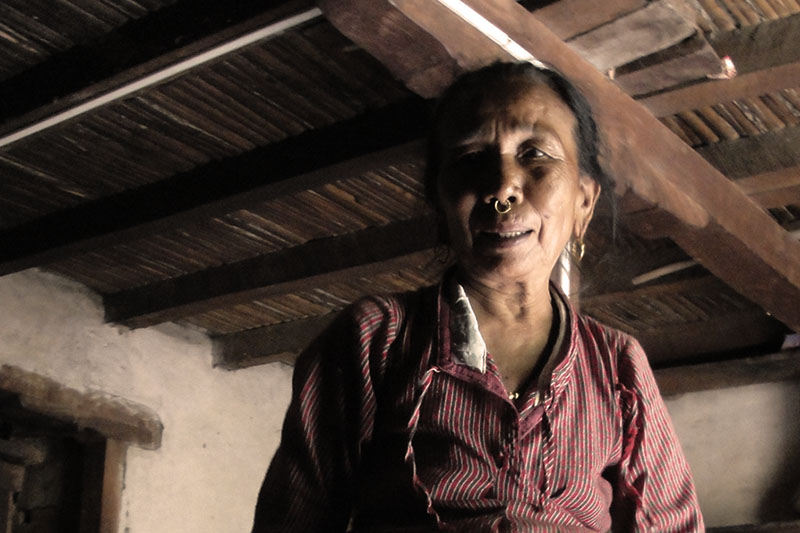
Nepal is an incredible country. So much so that it contains no less than 123 languages that could even be called dialects. Not all are spoken everywhere. Nepali is the main language of the administration but each language is recognized by the Nepalese Constitution. However, this wealth of language is unfortunately in danger. Learning a few words in the local language will provide pleasure and share a moment but also contribute to raising awareness of Nepal’s linguistic diversity.
The 5 main languages that you will have the opportunity to listen to during your adventure in Nepal are : Newar, Sherpa, Tamang, Tharu and Nepalese.
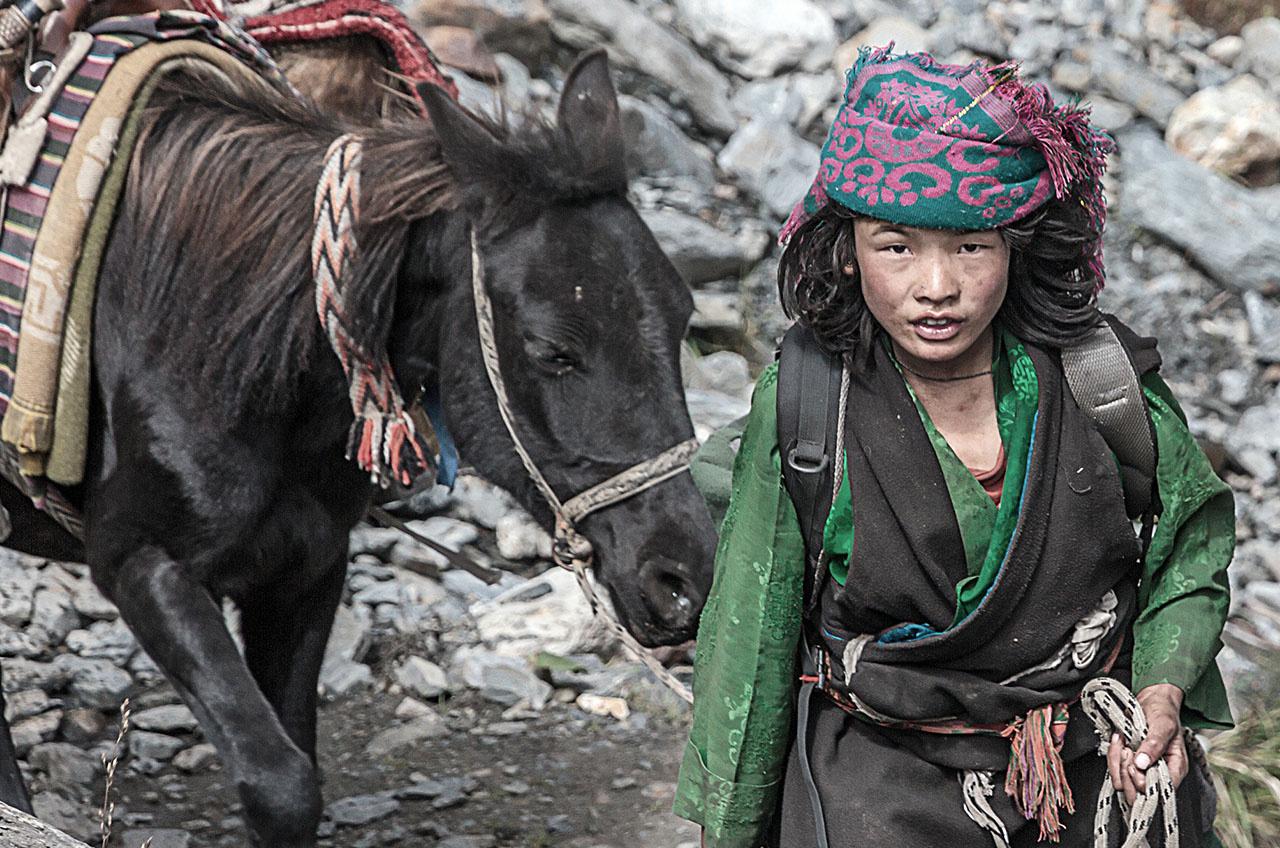
Nepali
If the “Nameste” tells you something, it is because you are beginning to speak Nepali. This language is spoken by half of the population and that across the country. Nepali is spoken in the majority of schools in the country. That said, a language that we would call “English” is starting to become popular in schools. If you speak Hindi, you will recognize a number of Nepali words. Now that you know it, you will be able to greet like a Nepalese by telling them Nameste.
Newar
From the fourteenth to the eighteenth century, Newar was the official language of the Kingdom of Nepal but was replaced by Nepali when the Gorkha kings took control of the eighteenth century. It is thus historically the language of the Kathmandu valley as well as neighboring regions. More than 1 million people still speak Newar. Moreover, it brings confusion because it is known in Nepal as the language of Nepal but it has nothing to do with Nepali, complicated all that. Newar is from the Tibetan-Burmese family and Nepali is Indo-Aryan. Do you still follow? Now that you know it, you can say hello to your Newar friends by telling them Jwa-ja-la-paa with your palms together.
Tharu
It is the most spoken language in the Terai region. If you are told Chitwan, you should talk Tharu. Tharu is spoken also in the neighboring regions of India. Dialects are spoken in this region but Tharu is spoken by just over 2 million people. It is an Indo-Aryan language just like Nepali, but after several centuries of trade and migration in this fertile agricultural region, the place of Tharu languages in families is unclear.
Sherpa
During your trek, with us of course, in Sagarmatha National Park (Solu-Khumbu District), you will cross the traditional homeland of Sherpas. So beware, Sherpa is not a job! It is indeed a cultural group with its own language. It is a language that is linked with other Tibetan languages.
The Sherpas of Solu-Khumbu should not be confused with the Helambu Sherambas (also known as Yolmo), who live in the Helambu Valley and speak a different Tibetan language. Like many Tibetan language groups, Tashi Dele is the common greeting.
Tamang
The Tamang is part of the Tibetan-Burmese family, having left the Tibetan group sometime before the 7th century. Closely related to the Gurung, Tamang is the ethnic group that you can meet during your trekking in the Annapurna region. There are about a million and a half people who speak Tamang. But in reality, it’s a series of dialects rather than just one language.
